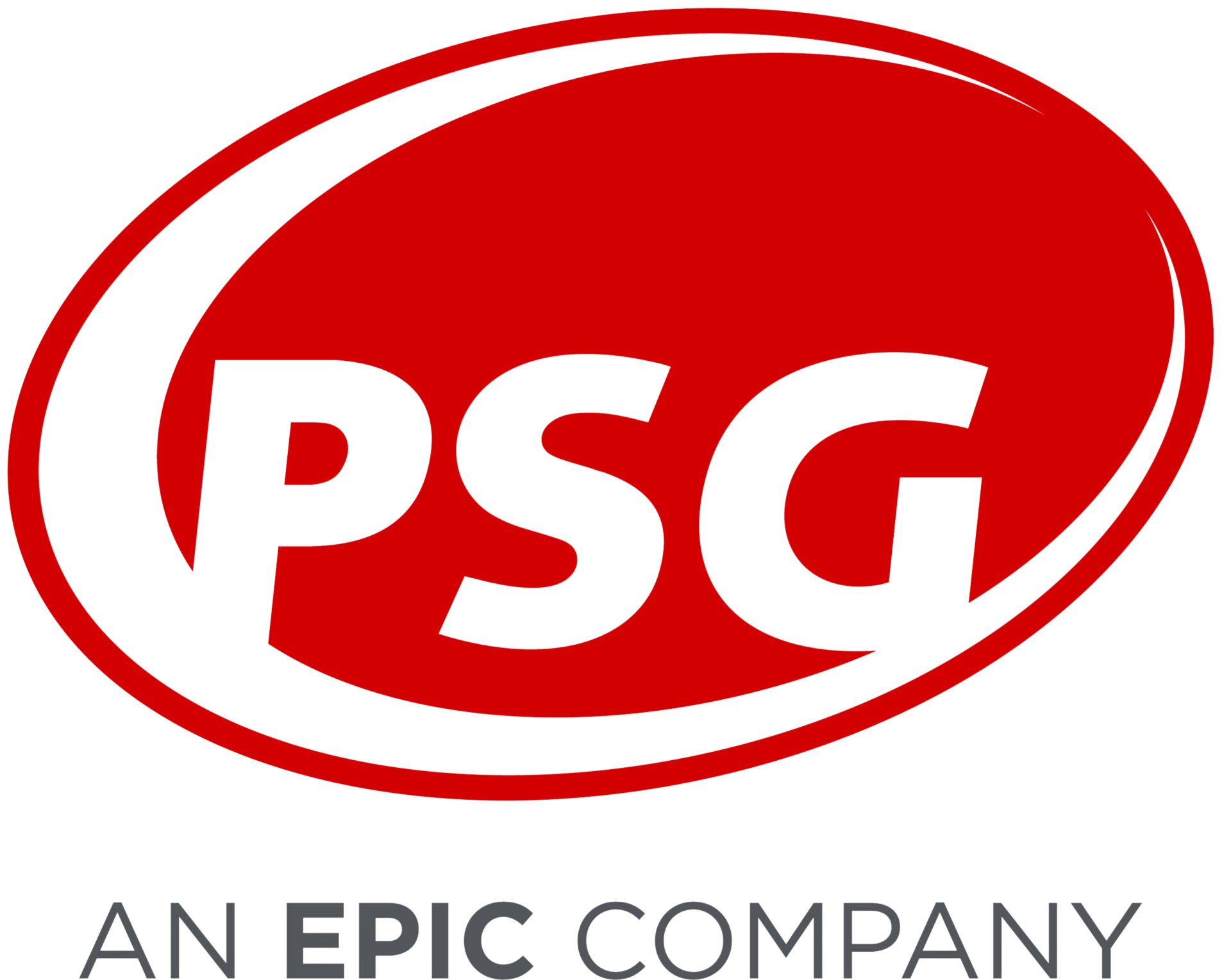Medicare Part D Redesign: How Health Plans Can Prepare Using CMS Guidance
Posted on April 9, 2024
CMS Guidance Can Help Plans Prepare For 2025 Medicare Part D Redesign
The Centers for Medicare & Medicaid Services (CMS) recently unveiled the Final 2025 Part D Redesign Program Instructions, outlining significant changes to the Medicare Part D prescription drug benefit mandated by the Inflation Reduction Act. This guidance holds sweeping implications that health plans must understand and prepare for in the coming months leading up to the January 1, 2025 enforcement deadline.
Most critically, an entirely new standard Part D benefit design will take effect consisting of three phases instead of four: an annual deductible, an initial coverage phase, and a catastrophic coverage phase. This overhaul is intended to improve overall affordability for beneficiaries. However, plan sponsors will be required to shoulder significantly higher liability, including 60% of costs for beneficiaries in the catastrophic phase. The catastrophic phase now begins after the Initial Coverage Limit (ICL) phase once the member reaches the $2,000 out-of-pocket maximum. January 2025 brings the complete sunset of the coverage gap phase. The Coverage Gap Discount Program will be replaced with the new Manufacturer Discount Program, which provides a 10% manufacturer discount on certain brand drugs in the ICL and 20% in catastrophic.
Additionally, plans must ready themselves to correctly adjudicate the CY2025 Part D redesigned benefit and IRA provisions, including the Medicare Prescription Payment Plan (M3P). These 2025 provisions will impact all areas of plan operations, including call center, pharmacy network administration, pharmacy claims processing, correspondence, and digital/website, as well as requiring training and education for plan employees, vendors, network providers, and enrollees. CMS acknowledged one major change in the final guidance that was not addressed in the draft. Specifically, CMS issued a new methodology to determine the specialty tier coinsurance/deductible ranges because the Part D redesign makes the previously codified methodology invalid.
CMS issued Final M3P Part 1 guidance and draft Part 2 guidance, which CMS will finalize through the summer of 2024. While pharmacy point-of-sale benefits begin in January 2025, plans must be prepared to advertise the program and enroll current members beginning in October 2024. The M3P and the $2,000 maximum out-of-pocket change lower beneficiary annual costs by thousands of dollars.
Impacts and Action Items for Sponsors
Combined, these overhauls have exceptionally deep operational, technical, financial, and compliance implications that health plans must prioritize in the months before January 1, 2025.
Requirements to note:
- New defined standard benefit with three phases
- End of the coverage gap and Coverage Gap Discount Program
- New TrOOP eligible payments
- Supplemental drugs paid for by Enhanced Alternative Part D plans
- Other health insurance (OHI)
- Employer Group Waiver Plan (EGWP) supplemental drug coverage
- Cost sharing for Medicare-Medicaid Plans (MMP) and Dual Special Needs Plan (DSNP)
- Changes in payment liability for defined standard
- New Manufacturer Discount Program
- 10% negotiated price in initial coverage phase*
- 20% of negotiated price in catastrophic phase*
Impact of requirements:
Plans will need to update systems and processes to reflect the Part D redesign, including pharmacy claim systems, benefit testing, explanation of benefit (EOB), and prescription drug events (PDE). Additionally, PBM rebate strategy changes will more than likely be coming in CY25-CY29 as a result of these requirements, which is something that could have a large impact on the revenue plans receive from them. Communication will be critical to the success of these changes. Member and pharmacy education will need to be prioritized as well as having trained call centers with comprehensive scripts.
Learn more about the specifics of the Final 2025 Part D Redesign Program Instructions here.
Acting Now to Prepare: What Can Plans Do?
With these measures coming in a few months, plans need to continue to move forward with preparations and move quickly. PSG can help inform strategy, assist with PBM oversight, and facilitate M3P vendor and process evaluation. We suggest the following as a starting point.
Items to discuss with your PBM
- Part D Redesign: What is the testing strategy? How are end-to-end solutions being tested?
- 2026 Medicare Drug Price Negotiation Program: What rebate strategies are being developed to take advantage of rebate value in 2025?
- M3P: What capabilities does the PBM have to support the program? Will the PBM offer an end-to-end solution, or does the plan need to develop or subcontract some or all M3P services?
- Information Technology (IT): What file layout changes and reports is the PBM developing that will require plan IT resources and accommodations (e.g. eligibility file layout changes for M3P)?
Items to consider for CY2025 Part D Bids (due June 2024)
- Part D Redesign and M3P: Consider seeking actuarial guidance to design benefits and benefit packages that prevent negative selection and anticipate bad debt and increased utilization.
- Information Technology (IT): Ensure enrollment, eligibility, APIs, and various PBM or vendor file transfer mechanisms are tested and will work as intended on 1/1/25 (effective controls).
How are you planning M3P?
While many of the changes are linked to PBMs, plans and other stakeholders must be aware of M3P’s impact and considerations as well.
- Have you mapped the end-to-end process and member journey?
- What are the handoffs between the stakeholders?
- Have you considered the implications of the enrollment/disenrollment policy decision compared to the Consumer Assessment of Healthcare Providers and Systems (CAHPS)?
- Have you outlined your IT and project management budget, given that compliance is necessary?
- Have you developed a plan for grievances through call centers, or similar strategies?
Despite this being a challenging and often confusing time for health plans attempting to navigate these changes set by the IRA, there are many ways to make the path much easier to walk. To learn more about how PSG can help guide you through the process, please reach out to one of our experts!

